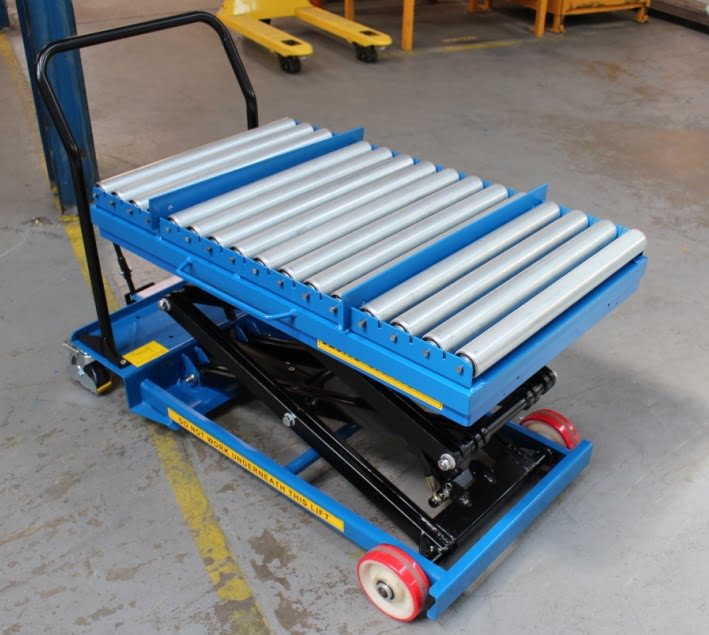Choosing the Right Portable Lifting Equipment for Your Needs

Portable lifting gear has become increasingly popular as businesses and individuals have recognised the advantages of having versatile and easily transportable lifting solutions. Whether you’re looking to lift heavy loads in a warehouse or move equipment and materials on a construction site, choosing the right portable lifting equipment is crucial for ensuring efficiency, safety, and productivity.
This article will explore some essential factors to consider when selecting the right portable lifting device for your business needs.
Weight Capacity and Size
The first consideration when selecting a portable lifting device is the weight capacity and size of the load you need to lift or move. You need to ensure that the equipment can handle the weight of the load without straining, tipping over, or causing damage to the equipment or the load. It’s essential to know the maximum weight capacity of the equipment and ensure that you stay within it. Additionally, you should consider the size of the load and ensure that the equipment’s dimensions are appropriate for the load’s size.
Application
The application of the lifting gear is another important factor to consider. Different types of portable lifting devices are designed for various applications, and selecting equipment that meets your specific needs is essential. For instance, if you’re working on a construction site, you may need a lifting solution to move heavy materials up several floors. In this case, you may consider a portable crane or a hoist. But, if you’re working in a warehouse, you may need a pallet jack or a forklift to move heavy loads around the facility.
Portability
One of the main advantages of portable lifting devices is their ability to be moved easily around different locations. However, some lifting gear is more portable and mobile than others. You should consider the size and weight of the equipment and ensure that it’s easy to transport to different locations. Additionally, you should consider the terrain and the environment where you’ll use the equipment. For instance, if you use the equipment on rough terrain or in outdoor settings, you may need equipment with larger wheels or tracks to handle the terrain.
Safety Features
Safety is a critical factor to consider when selecting a portable lifting device. You should ensure that the equipment is designed with safety features that protect both the user and the load. For instance, some equipment may have safety brakes or overload protection to prevent accidents or damage to the equipment. Additionally, consider the training and experience of the operators using the equipment. Operators should be trained to use the equipment safely and follow all safety protocols.
Cost
Finally, it would help to consider the cost when selecting a portable lifting device. Different types of equipment come at various price points, and you should choose equipment that meets your needs and fits within your budget. However, you should also consider the long-term costs of the equipment, such as maintenance, repairs, and fuel or electricity costs. It may be worth investing in higher-quality equipment with a higher upfront cost, but it will save you money in the long run.
Choosing the right portable lifting equipment is essential for ensuring safety, productivity, and efficiency in your work. Considering the factors mentioned above, you can select equipment that meets your specific needs and ensures that you can move heavy loads and materials easily and safely. Investing in the right portable equipment can save you time, money, and resources in the long run and help you easily achieve your business goals.






